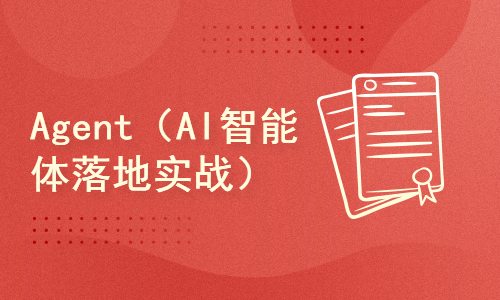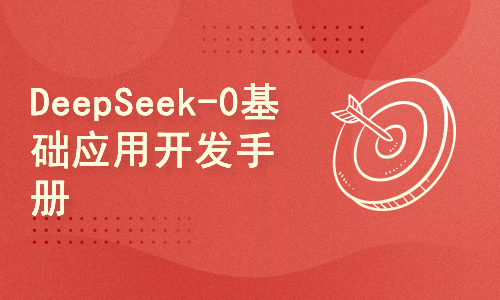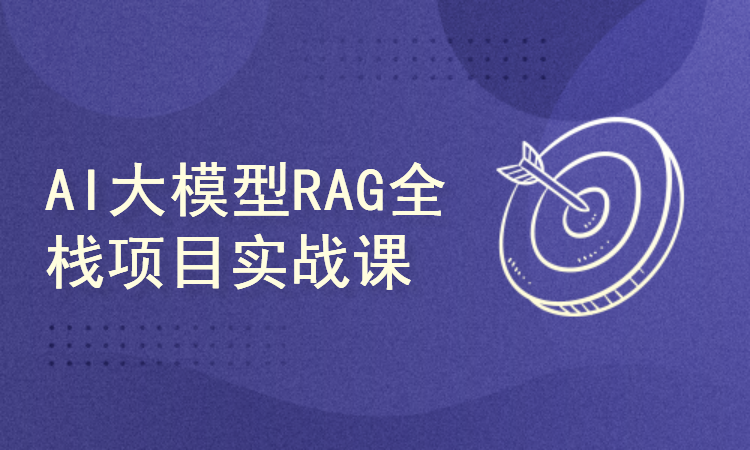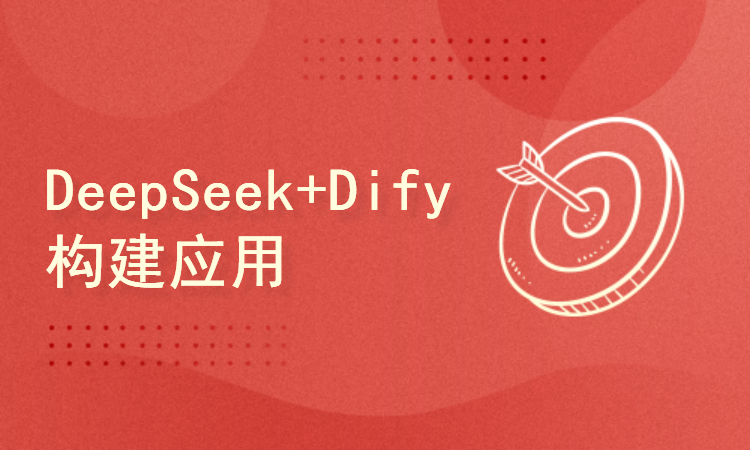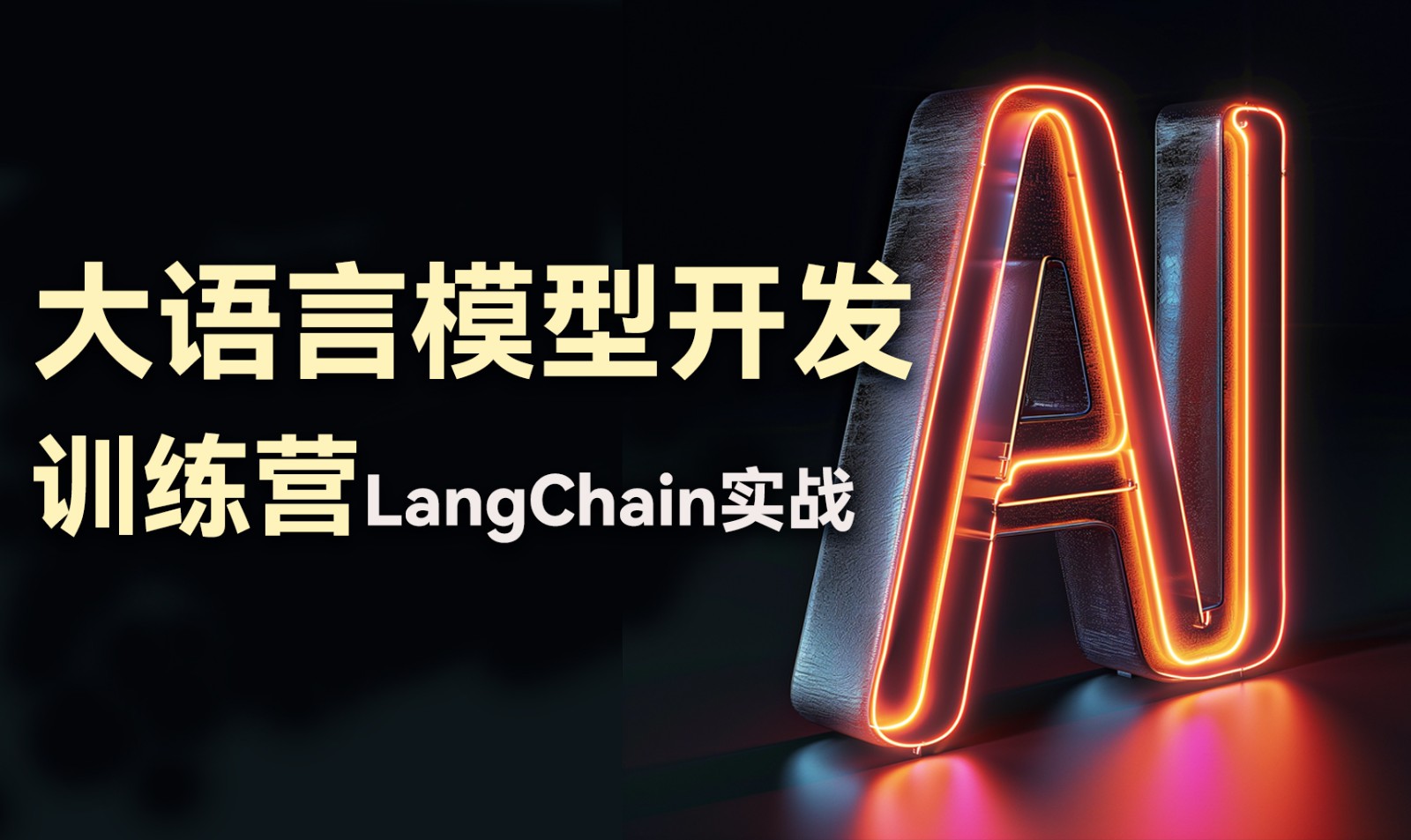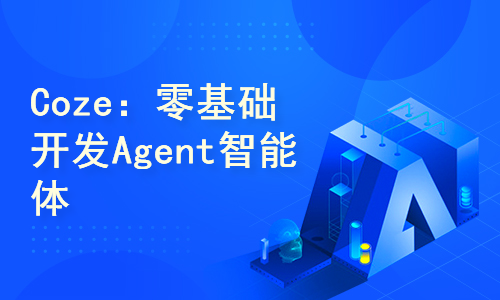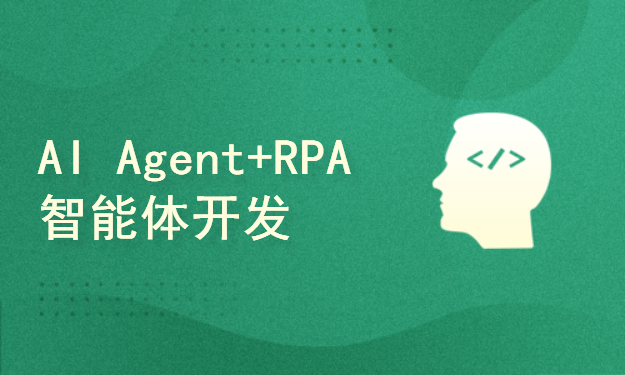2 - Workflow design of copywriting assistant
-
Use of classic agent framework and its case application -
Master how to build a private assistant -
Build exclusive workflow based on business scenario requirements -
Master the necessary technical modules in the current AI+industry





-
Chapter I Interpretation and Application Analysis of Agent Architecture -
1-1 Try 1-Agent problem analysis 09:05 -
1-2 2-Basic capabilities of Agent 08:19 -
1-3 3 - Analysis of the relationship with the large model 06:37 -
1-4 4 - Analysis of multi-agent definition 06:02 -
1-5 5 - Functions of framework and problems that can be solved 09:04 -
1-6 6 - Overall summary and analysis 04:12 -
1-7 7-GPTS analysis 08:36 -
1-8 8 - Classical task analysis 08:31 -
Chapter 2 Basic Use of the COZE Agent Building Framework -
2-1 1-Interpretation and explanation of the basic use of COZE 10:08 -
2-2 2 - How to use large models in workflow 12:40

